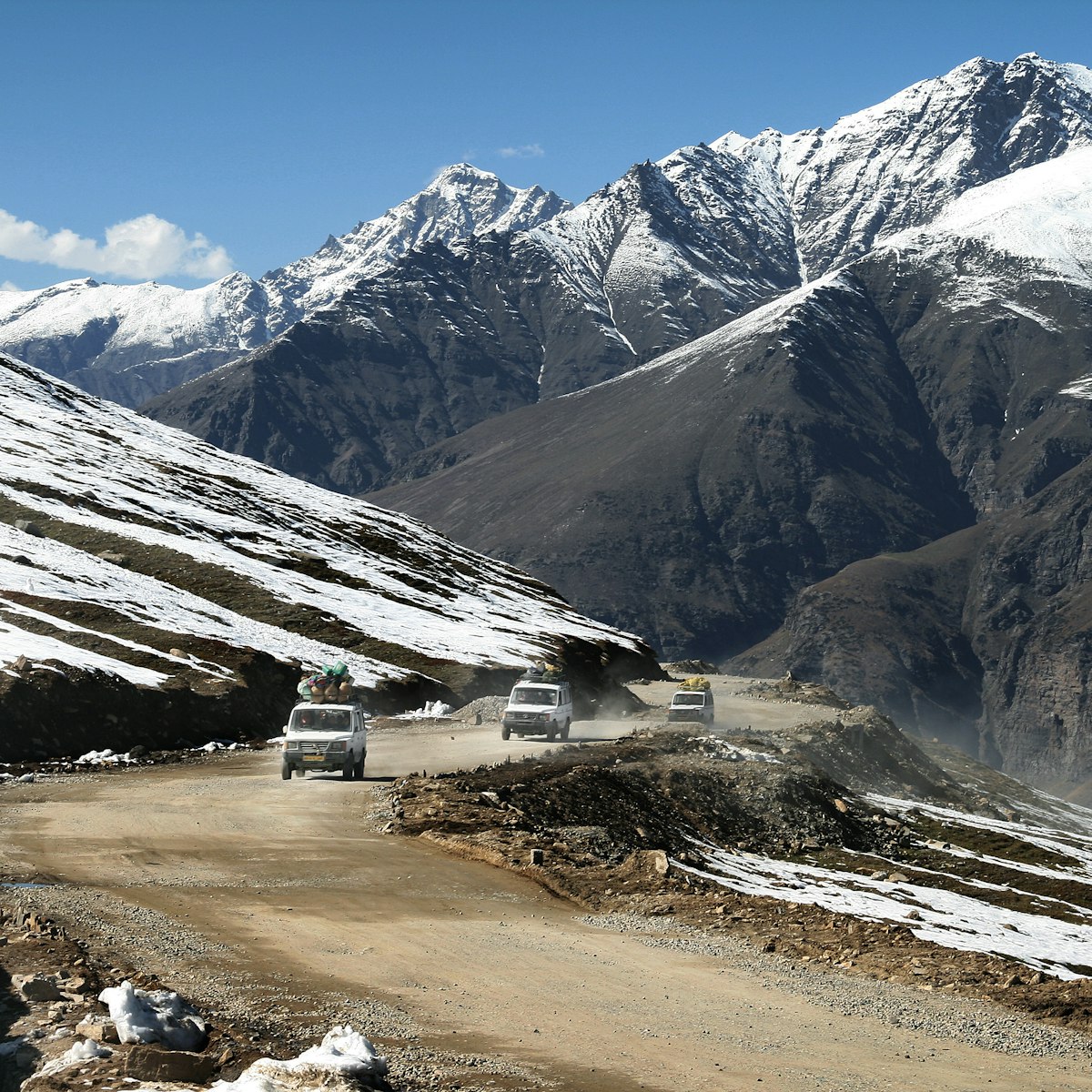Built by the rajas of Kullu around 1500, this fort-cum-mansion is a splendid example of the earthquake-resistant, Kathkuni (alternating stone-and-timber) style of Himachali architecture. Sold to the British assistant commissioner in 1846, the building later became a courthouse and then, in 1976, a hotel. Views from the balconies are a big part of the charm.
The little Jagti Patt Temple, in the main courtyard, is the 'judgement house' of the Kullu gods. Inside is a 2.4m-long sacred stone slab said to have been carried here by a swarm of deities in the form of honey bees.
Downstairs is a comically forgettable one-room ethnographic 'museum', just outside of which are some priceless but unlabelled carvings. The view across the lane from this point encompasses the stone shikara of an 11th-century Vishnu Mandir and the brand new but traditional wood-and-stone tower of the Durga Bhandar.

